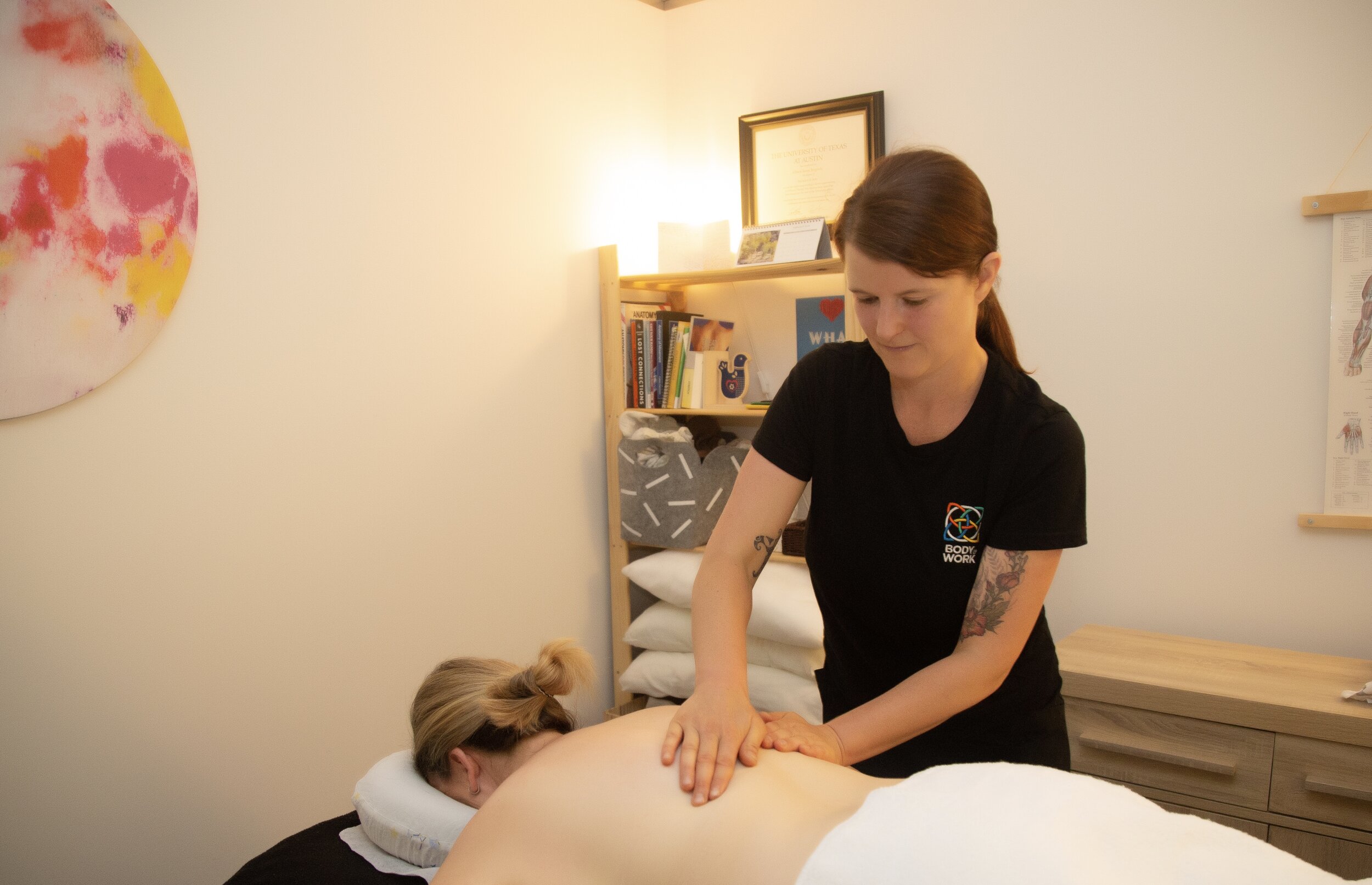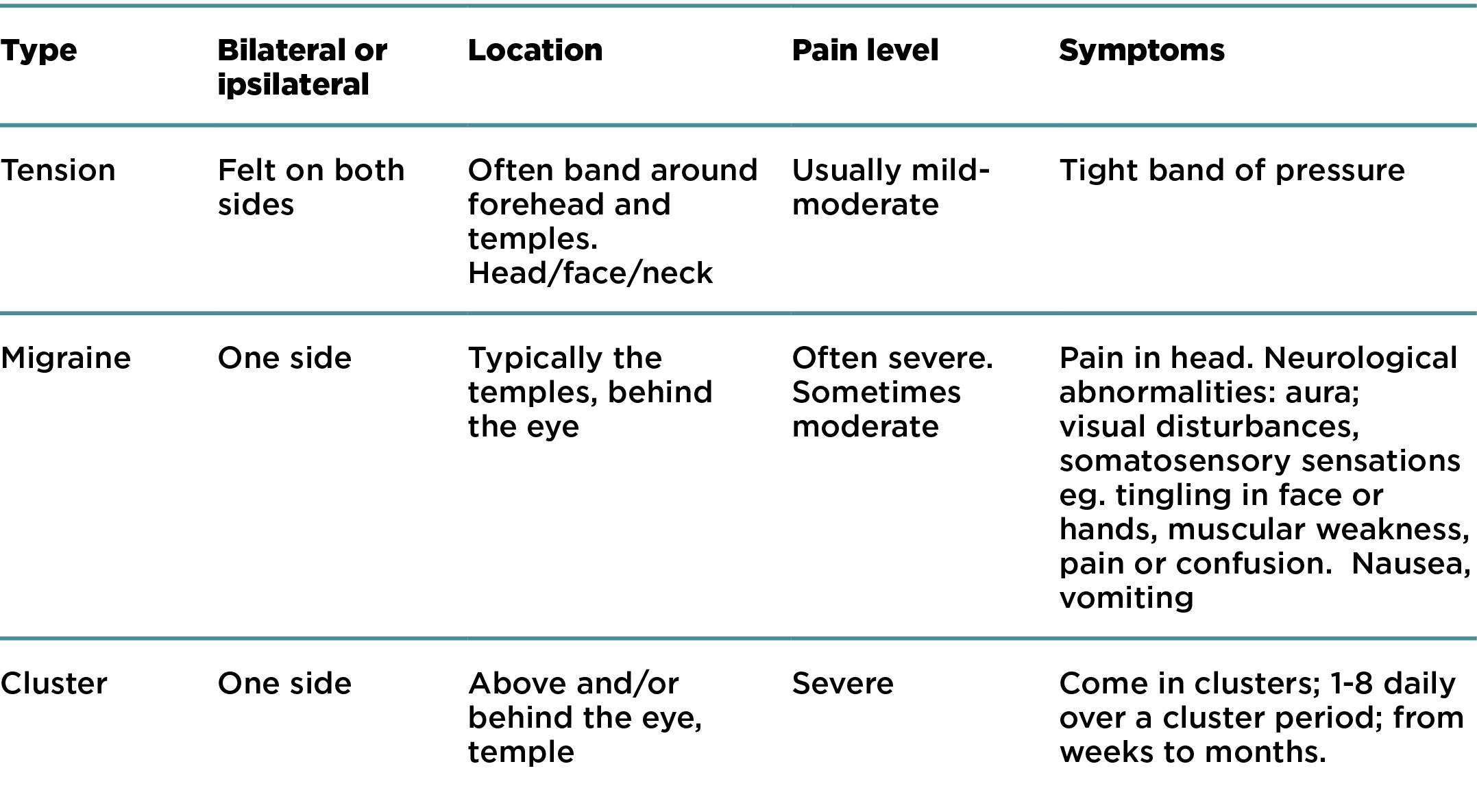Tension headaches are all too common, reported by more than 70% of some populations worldwide. Whether they occur occasionally, often or are chronic, they can really impact ones quality of life and be outright exhausting. Symptoms are often described as a constant pressure and tightness that builds over time. They are felt on the head, neck or behind the eyes, with a pain level from mild to moderate, sometimes severe, with some sufferers experiencing a heightened sensitivity to noise. While there can be many factors that cause a tension headache, stress is the most common trigger, either as a direct cause or indirect, where stress is effecting the musculoskeletal system, that then triggers a headache.
These muscles around the jaw, head, neck and shoulders can be involved:
Masseter: jaw muscle connecting the jaw to the cheekbone. It can be especially headache inducing for those of us who clench their jaw. Its involved in temporomandibular joint disorder (TMJD).
Temporalis: this muscle fans out over the temples, is involved in closing the jaw and TMJD alongside the masseter.
Suboccipitals: a group of muscles that attach from the base of the skull to the top of the spine. They help support the weight of the head. They feel oh so good when supported with massage.
Levator scapulae: attaches from the neck vertebrae to the shoulder blade. This hardworking little muscle is so commonly fired up and asking for attention.
Sternocleidomastoid: another hardworking set of neck muscles that attach from the middle of the chest behind the ears.
Scalenes: a muscle group sitting on either side of the neck that help to support our spine and are involved in breathing.
Trapezius: a large trapezoid pair of muscles that extends from the base of the skull to the spine in our mid back and reaches out to the shoulder blades.
Any of these muscles can be specifically targeted during a massage session to help encourage them back to comfort. There’s something so satisfying about having that achy discomfort listened to and focused on.
How to tell the difference between tension, migraine and cluster headaches?
Knowing the difference can help target treatment for faster relief and prevention. It’s worth discussing potential migraines or cluster headaches with your health specialist.
Massage can help to ease the pain and discomfort of tension headaches by addressing the muscles involved and exploring preventative measures. It also provides stress relief, by stimulating the parasympathetic nervous system, to promote a relaxation response and releases endorphins, those feel good hormones.
We treat holistically and tailor all sessions to the individual client, so can help you explore what’s responsible for any tension headache type pain being experienced.
Always feel free to contact me with any questions.



